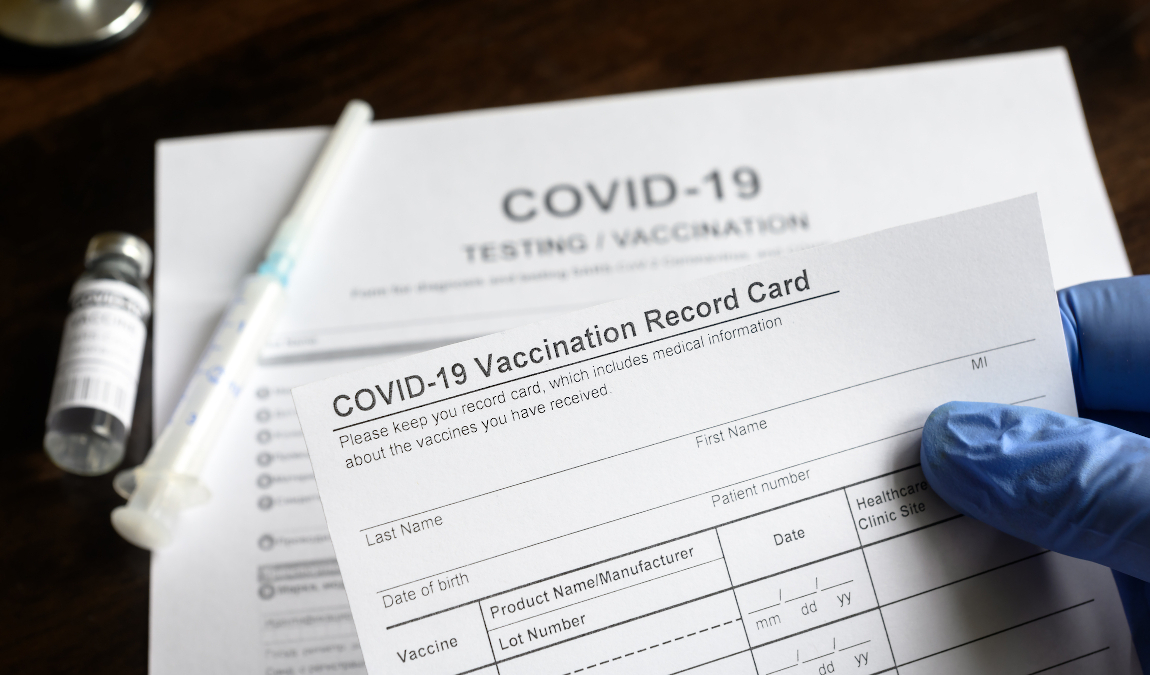On September 9th, 2021 President Biden announced a new COVID-19 Action Plan which included instructions to OSHA to develop a rule for vaccine and testing programs for employers with 100 or more employees. Since then, employers have been anxiously waiting for OSHA to release this rule. That day has arrived.
On November 4th, 2021 OSHA released a COVID-19 Vaccination and Testing; Emergency Temporary Standard (ETS).
Employers in industries like oil and gas and construction, for example, are now scrambling to both understand the implications and develop implementation plans. To assist, RMI has prepared a synopsis of the ETS[1] and identified some ways we can help.
ETS Synopsis
According to OSHA, the goal of the ETS is to “protect unvaccinated employees of large employers (100 or more employees) from the risk of contracting COVID-19 by strongly encouraging vaccination.â€
The means to this end are to give employers an option, either a) require their employees to be vaccinated, or b) If employees elect not to get vaccinated, require them to wear a face covering and undergo weekly testing.
While this ETS applies to all employers with 100 or more employees (including part-time employees, but not including independent contractors), there are a handful of exemptions, including:
- “Workers who do not report to a workplace where other individuals are present or who telework from home.†i.e. workplace exposure risk requires being physically around other people.
- “Workers who perform their work exclusively outdoors.†Studies have shown that transmission risk is significantly lower in outdoor settings.
- Healthcare workers and Federal contractors who are already covered under separate executive orders or OSHA standards.
Employer Compliance Requirements
In order to comply with this new ETS, the employer must first gather and maintain vaccination records for all covered employees for the duration of the ETS. From there, employers have two options:
- Implement a mandatory vaccination program. This applies to all covered employees except those with medical or religious exemptions. Additionally, employers must offer paid time off for employees to get vaccinated and recover from any vaccine-related side effects.
- Give employees the option to either get vaccinated or undergo weekly testing and wear face coverings. If employees opt for the testing option, OSHA does not require the employer to pay for the testing or face coverings (though acknowledges that some employers may). Acceptable tests include any COVID-19 viral test that has been cleared, approved, or authorized by the FDA. The test must be administered in accordance with authorized instructions. Additionally, the test must be either administered by a healthcare worker or observed by the employer or a third party either directly or via telehealth proctoring.
Perhaps unsurprisingly, the ETS is already the subject of several pieces of litigation. While that litigation winds its way through the courts, companies across the country are nevertheless taking steps to comply with the ETS so as not to be left unprepared.
How RMI Can Help
If you are an employer who opts for a mandatory vaccination program, in many circumstances, RMI can coordinate an on-site COVID vaccine administration services program at your worksite.
If you are an employer who wishes to provide a COVID-19 corporate testing option, RMI can assist.
RMI currently has access to a wide variety of test types including NAAT tests such as RT-PCR, Point of Care (POC) molecular and antigen tests, and Over the Counter (OTC) antigen tests.
RMI can help with OSHA-compliant administration of a testing program as well. Administration options RMI can assist with include: employer-administered programs, RMI administered telehealth proctored programs, and direct administration programs via RMI staff.
RMI Offers Turnkey Testing and Vaccination Programs to Assist You With Navigating This ETS
Navigate the OSHA COVID-19 ETS[1] This synopsis is intended for informational purposes only. Prior to implementing a program based on the ETS all employers should carefully review the ETS and consult with their legal and HR representatives.


